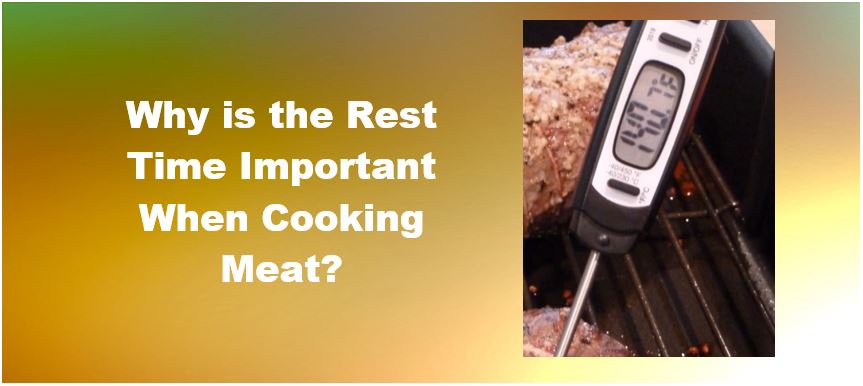You often see grilling or roasting recipes list a ‘rest time’ as the last step before serving. This is an important part of the cooking process. After you remove meat from the oven, grill or other heat source, you should allow it to rest for the amount of time specified for that type of meat. During the rest time, the temperature of the meat remains constant or continues to rise and the meat continues to cook. Additionally, as meat cooks the muscle fibers begin to firm up pushing moisture within the meat toward the outside surface. Some of the water that was in the meat eventually evaporates. By letting meat rest after removing it from the heat source, the moisture is redistributed within the cut of meat. If you cut into a roast or a chop too quickly, all the moisture, which has collected by the surface, runs out of the meat and it will leave your cut of meat very dry and tough even though you will have a pool of liquid left where the meat had been cut.
The best and safest way to determine how long to let a piece of meat rest is to use your thermometer. You can use an analog thermometer, easy to read digital thermometer or even a thermocouple thermometer. This removes the guess work and reduces the chances of any food bourn illness from your meal. According to the USDA beef, like steaks and roasts, as well as fresh pork, including fresh ham, should be cooked to the recommended temperature of 145°F (medium) and then allowed to rest for 3 minutes or more. To ensure food safety, ground beef should be cooked to a minimum 160°F (well done). Be sure to check with a thermometer, as color alone is not a foolproof indicator.
